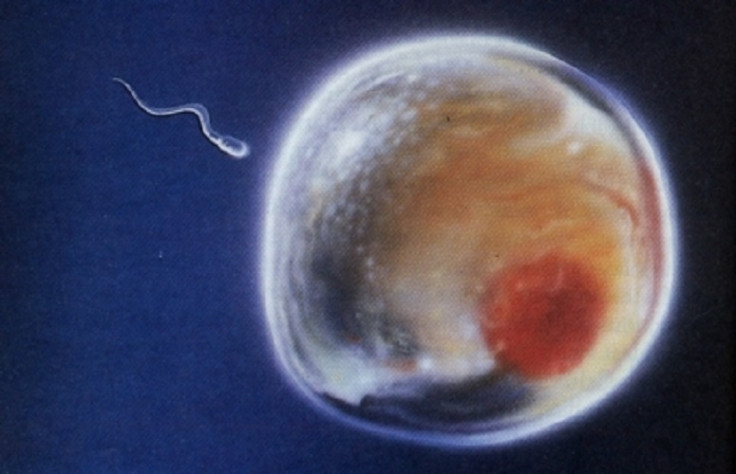Male contraceptive pill breakthrough: Molecular events leading to sperm and egg fusion discovered

A male contraceptive is another step closer following the discovery of the molecular events that play a critical role in sperm and egg fusion.
At present there is no hormonal male contraceptive pill as there is for females. Researchers are looking to find a way to temporarily block the effects of testosterone to stop healthy sperm production – but this needs to be done without lowering testosterone levels so much it triggers side effects.
However, John Herr and colleagues at the University of Virginia's Centre for Research in Contraceptive and Reproductive Health have now identified key events that lead to fertilisation. Their findings were published in the Biology of Reproduction.
"This report expands our fundamental understanding of the molecular architecture at the site of sperm-egg fusion," Herr explained. "Understanding at the molecular level exactly how the sperm is able to bind with and enter the egg opens opportunities to identify molecules that can disrupt or block the fertilisation event."
Sperm contains enzymes that help it penetrate the egg and fuse with it. After the release of these enzymes, the head of the sperm is transformed – yet one protein within the sperm stays intact at the site of fusion, which the scientists believe help to stabilise it.
The protein, ESP1, is thought to stabilise the area where sperm egg fusion is happening – meaning it could serve as a target for male contraception. By disrupting the protein, the egg and sperm would not fuse.
Herr and the researchers are now looking to further analyse the protein to find out what molecular interactions contribute to its stability.
He said that while they are still a long way off, by finding out how to block ESP1's interactions, they could prevent pregnancy.
"We don't know enough yet about the protein-protein interactions here to be able to come up with a defined male contraceptive strategy so it's pretty early in the process of seeing where a small molecule drug might interdict these interactions. We need to figure out the other partner proteins with which ESP1 is interacting," said Herr.
© Copyright IBTimes 2025. All rights reserved.





















